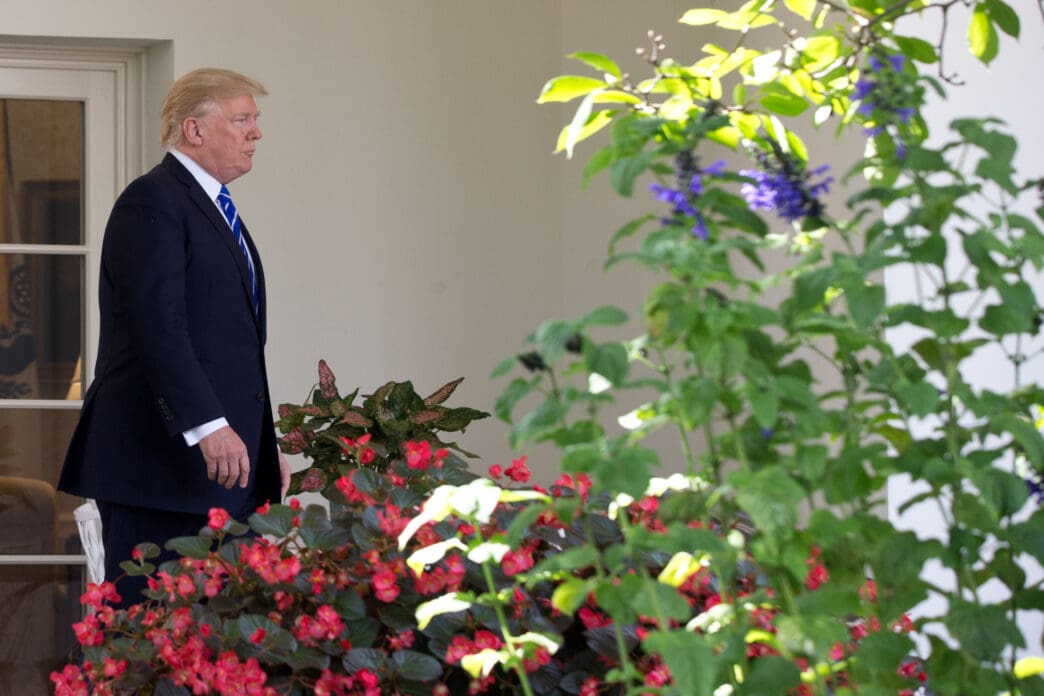Executive Summary
The Story So Far
Why This Matters
Who Thinks What?
The United States government remains in a shutdown, now tied for the second-longest in the nation’s history, with no immediate resolution in sight as political deadlock persists between Democrats and Republicans. The ongoing impasse, now three weeks old as of October 21, 2025, stems from a fundamental disagreement over federal funding and the future of the Affordable Care Act, with President Donald Trump reportedly disengaged from negotiations.
Escalating Impact of the Shutdown
Costs associated with the partial federal closure are escalating, impacting hundreds of thousands of furloughed government workers and millions of citizens. Thousands of federal employees have been fired, including specialists overseeing the US nuclear stockpile, while air traffic control staffing shortages have been reported. Critical nutrition support for 42 million Americans is also set to expire next month, adding to the growing concerns.
Partisan Standoff on Capitol Hill
Both Democratic and Republican leaders have largely focused on blaming the opposing party rather than engaging in substantive negotiations. Democrats are leveraging the shutdown to press for extended Affordable Care Act subsidies, arguing they are essential to prevent significant increases in insurance policy prices. House Democratic Minority Leader Hakeem Jeffries has accused Republicans of having “zero interest in actually providing affordable health care.”
Republicans, conversely, have refused to discuss ACA subsidies until the government is reopened, maintaining that Democrats are responsible for the shutdown. House Speaker Mike Johnson characterized the opposition’s actions as “the most selfish, most dangerous political stunt in the history of the United States Congress.” Some Republicans have also expressed a desire to reshape the 15-year-old health-care law, citing concerns about “fraud, waste and abuse.”
Congressional Activity
In the House, Speaker Johnson has kept the chamber dark, asserting that members fulfilled their duty by voting last month to temporarily fund the government. This move has been seen by some as an attempt to stifle internal dissent among Republicans and has also delayed the swearing-in of new Democratic member Adelita Grijalva.
Meanwhile, in the Senate, efforts to end the shutdown have been repeatedly blocked. Republican Majority Leader John Thune’s attempt to pass a stopgap funding bill failed for the eleventh time as Democrats withheld the necessary 60 votes to overcome a filibuster. Discussions about a bill to pay essential workers are also contentious, with Democrats wary of allowing Trump to selectively fund federal employees.
President Trump’s Role
President Trump has largely remained outside the negotiation process, unlike his predecessor President Barack Obama, who canceled an Asia tour during a similar stalemate. Trump is expected to depart for Asia at the end of the week for summits, further indicating his detachment from the ongoing crisis. His administration has already reallocated funds to pay military personnel and FBI officers, mitigating some traditional political pressure points that often lead to resolutions.
Outlook for Resolution
The prolonged government shutdown highlights a deep partisan chasm over healthcare policy and federal spending, with neither side appearing willing to compromise. As the financial and operational costs continue to mount, a clear path to resolution remains elusive, exacerbated by President Trump’s apparent disengagement from the negotiation process.








